Post Calving
It's important to have some essential items on hand for when a calf is born to help give them the best start.
Use identification tools, such as neck bands, to quickly identify illness, treatment, feeding requirements and more. Mark and inform staff of what the different coloured neck bands mean for seamless handover.
Umbilical cord clamps prevent disease entering navel cords and are particularly useful in wet and muddy conditions. Use with a naval spray for even more effectiveness. Calves are born with only 3% body fat, and the optimal environment temperature for calves is between 15 and 25°C. When a calf is cold, they require more energy for maintaining body temperature which reduces the energy available for growing. Calf covers can be used for warmth to give them the best start, reduce stress and ensure their energy goes into growing..
A thermometer will help you quickly identify sick calves for attention and treatment. A healthy calf will have a body temperature between 38.5ºC and 39.5ºC, above 39.5ºC indicates a fever.
Download our full Calving Guide
Calf Velcro Neck Bands
Hook and loop type nylon bands for quick and easy calf identification, whether for identity at birth, or for signifying treatment with antibiotics or sulphur drugs. Also useful for marking different age, rearing or treatment groups.
View Product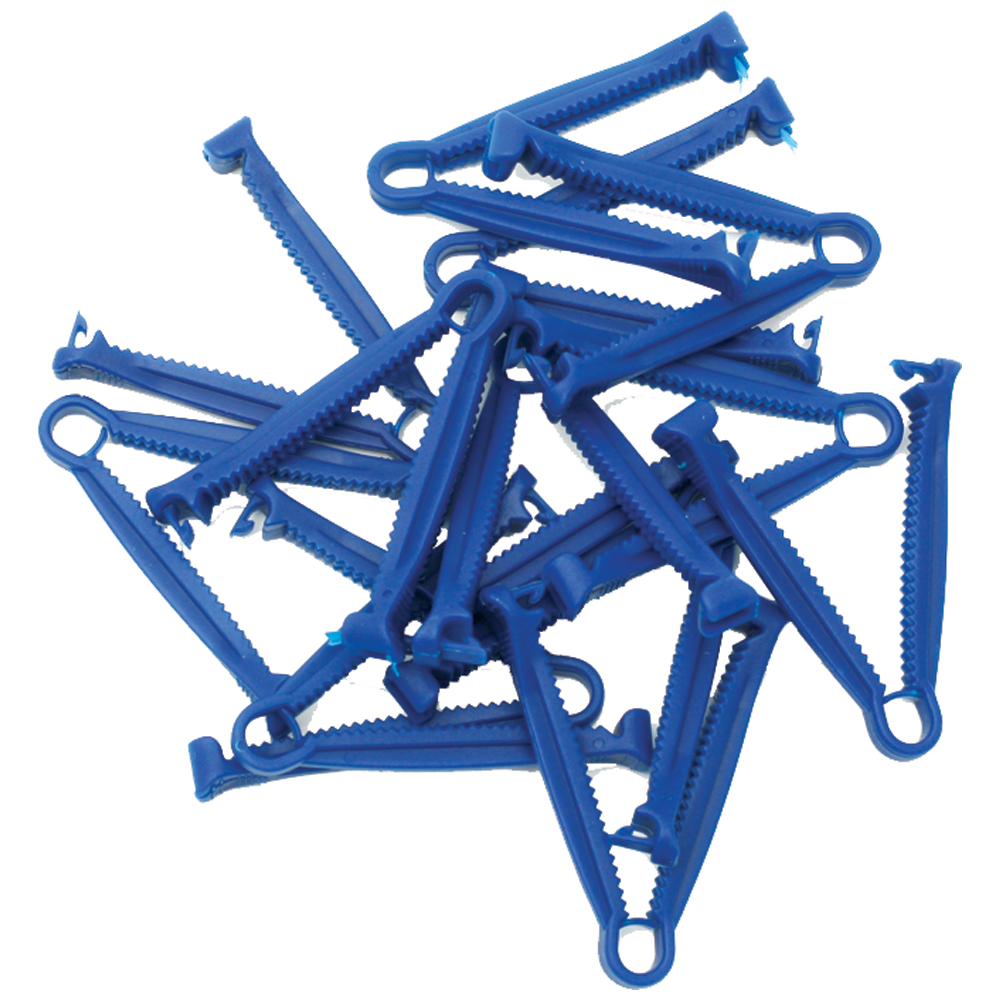
Umbilical Cord Clamps
Protect newborn animals from E.coli and Joint-ill with our umbilical cord clamps. Attach immediately after birth, remove after 24-48hrs. Disinfect and reuse. Available as 50-pack or 100-pack
View Product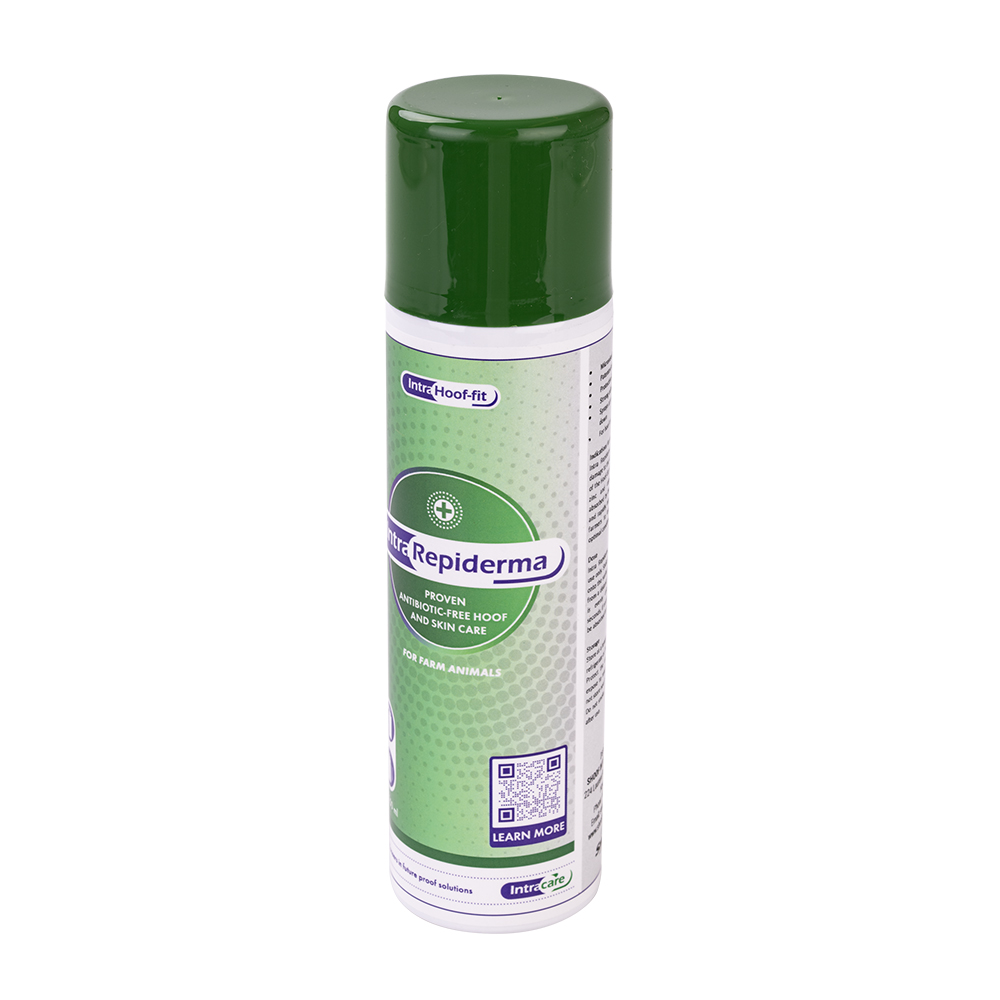
Repiderma Spray 250ml
Repiderma aerosol spray is an effective protective wound repair solution for all animals. It contains copper and zinc known for their adhesive and protective properties that promote healing and anti-microbial properties.
View Product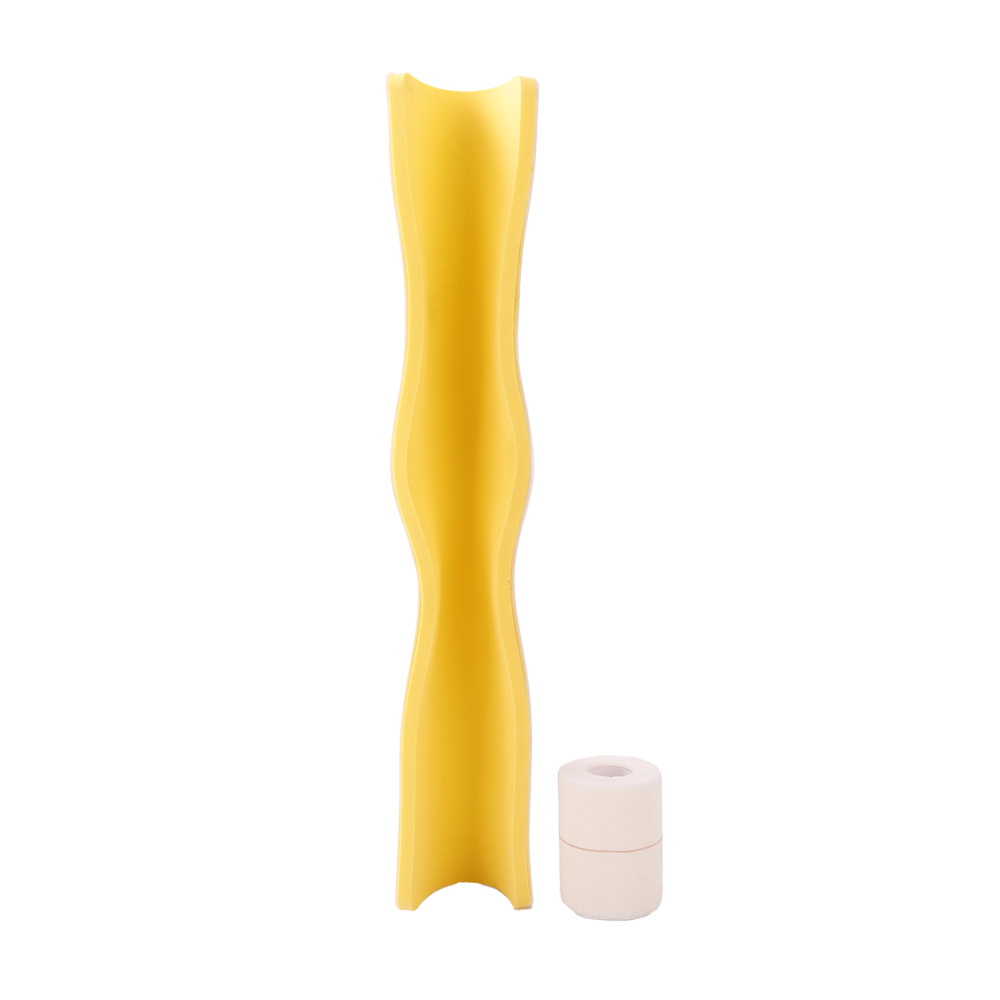
BOS Calf Leg Splint
Correct contracted flexor tendon (knuckle under) in calves with BOS splint. Apply to back of the leg for normal mobility. Can be modified, remove after 4-5 days.
View Product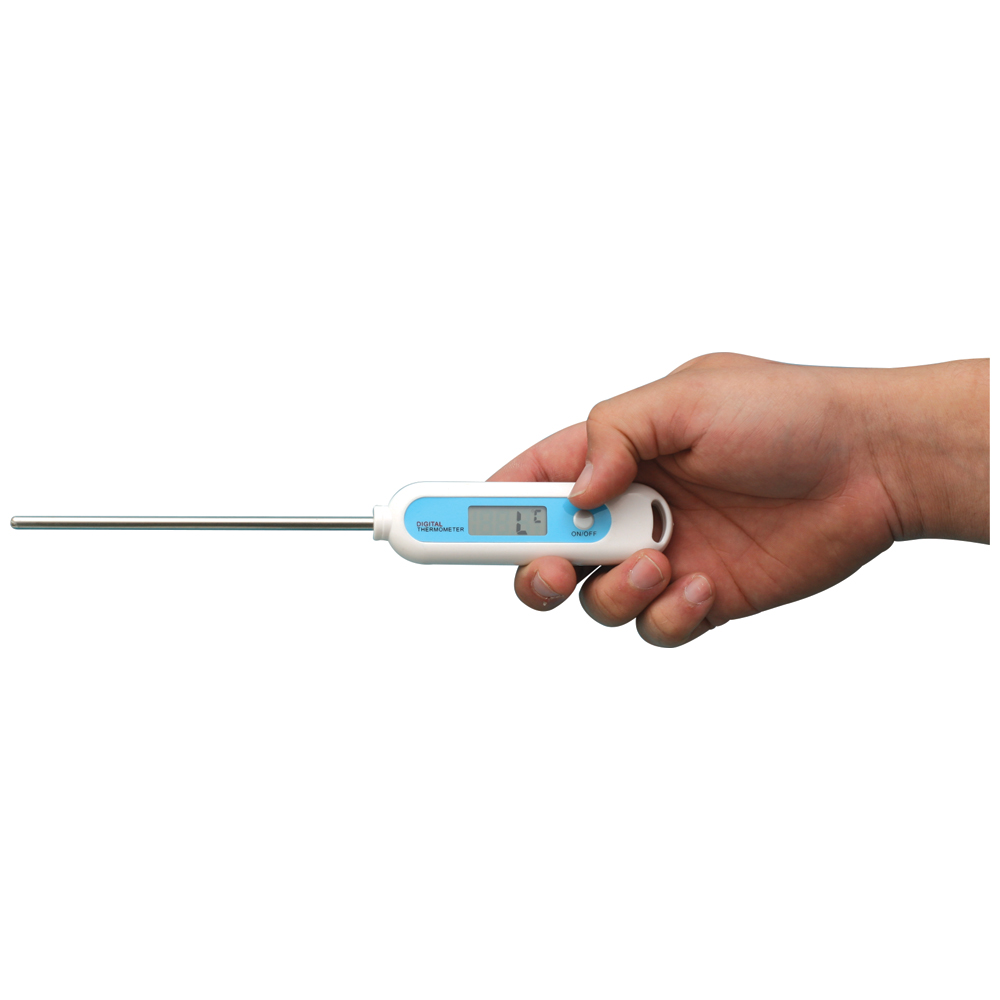
Thermometer Digital Large Animal
12cm waterproof veterinary thermometer with a range of 32°C to 42°C, perfect for large animals. Includes protective cover.
View Product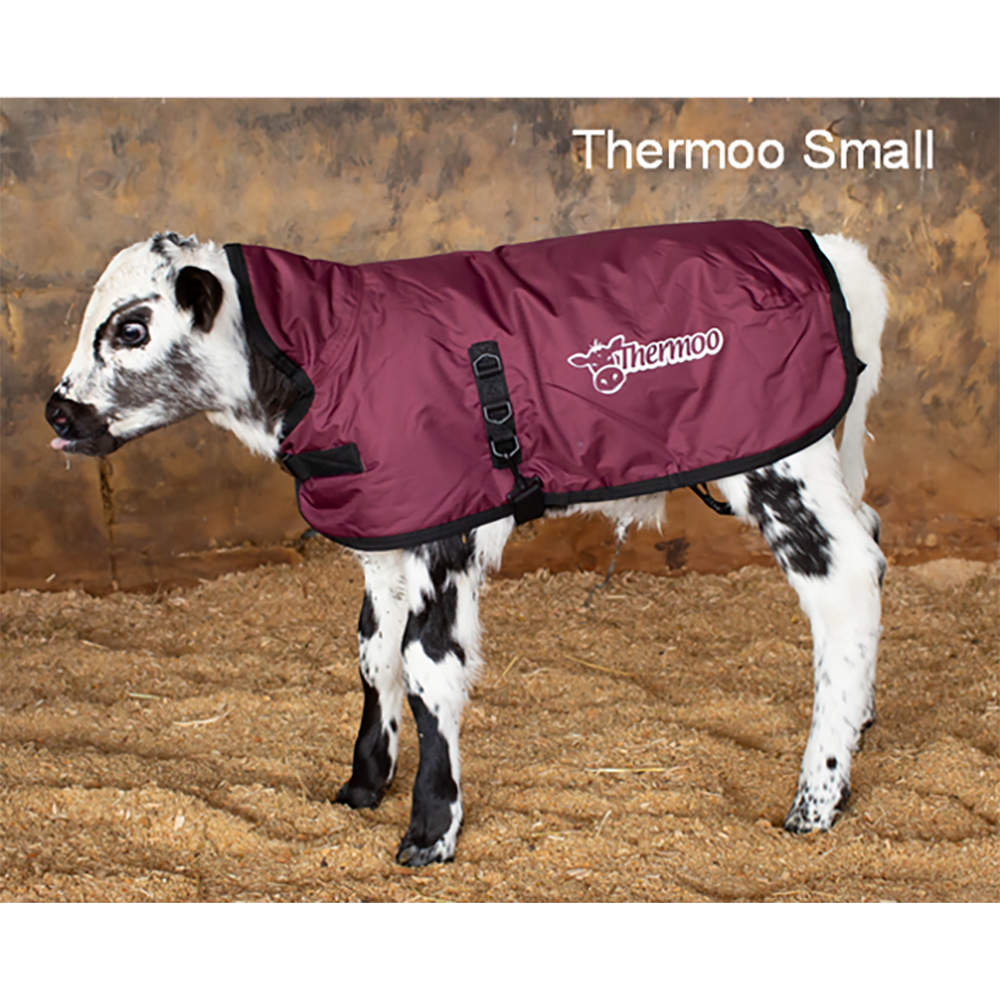
Thermoo Calf Cover
Introducing the Thermoo Calf Jacket- a premium design. Manufactured in durable materials; waterproof, rip-stop outer layer, belly strap, smooth lining, metal clips and 200g polyfill.
View ProductOur highly recommended Colostrum Products
Cows do not transfer antibodies across the placenta like other mammals. Immunity for calves comes from colostrum and is absorbed across the gut. The gut starts closing once the calf is born, hence the first 24 hours are crucial. A newborn calf can absorb large IgG (antibody) molecules, BUT from birth that calf gut starts to close and at 12 hours old it is unable to absorb large IgG molecules and at 24 hours the gut is closed. (read our Colostrum guide here)

Herd Test Bucket Clear Colostrum 32L
Our bright yellow Colostrum Collection bucket makes calf rearing easy. Clearly marked as ‘Colostrum Only,' it allows for easy viewing of milk quantity and color.
View Product
Antahi 4L Trusti Colostrum Bags x 10
Antahi's Trusti 4L Colostrum Bag Pack offers superior calf care with reusable bags that feature easy-to-clean, durable design, large spout, and pasteurization-friendly four-liter capacity.
View Product
Antahi Digital Refractometer
Accurately measure colostrum and serum IgG levels with our fast, portable digital refractometer. Eliminate subjectivity with automatic temperature compensation.
View Product
Refractometer Colostrum Dairy/Equine
Test colostrum quality easily with the BRIX-scale refractometer for high-quality antibody protection in foals/calves. Comes with sampling pipette and instructions.
View ProductCalf Feeding Products

Calf Drencher Speedy Drencher 2.5L cpt
Shoof's innovative Speedy Drencher, evolved from the trusted Speedy Feeder calf feed bottle. Featuring a rigid drench probe with adjustable flow, it ensures effective stomach feeding. Available in 2.5L or 4L volume.
View Product
Teat Calf Excal Fast-flow (red) each
The internal shape of the EXCAL Fast-flow teat creates a pump-like effect as the calf bites it. The first biting action closes the base end of the teat, and further mouth closure forces milk out through the tip.
View Product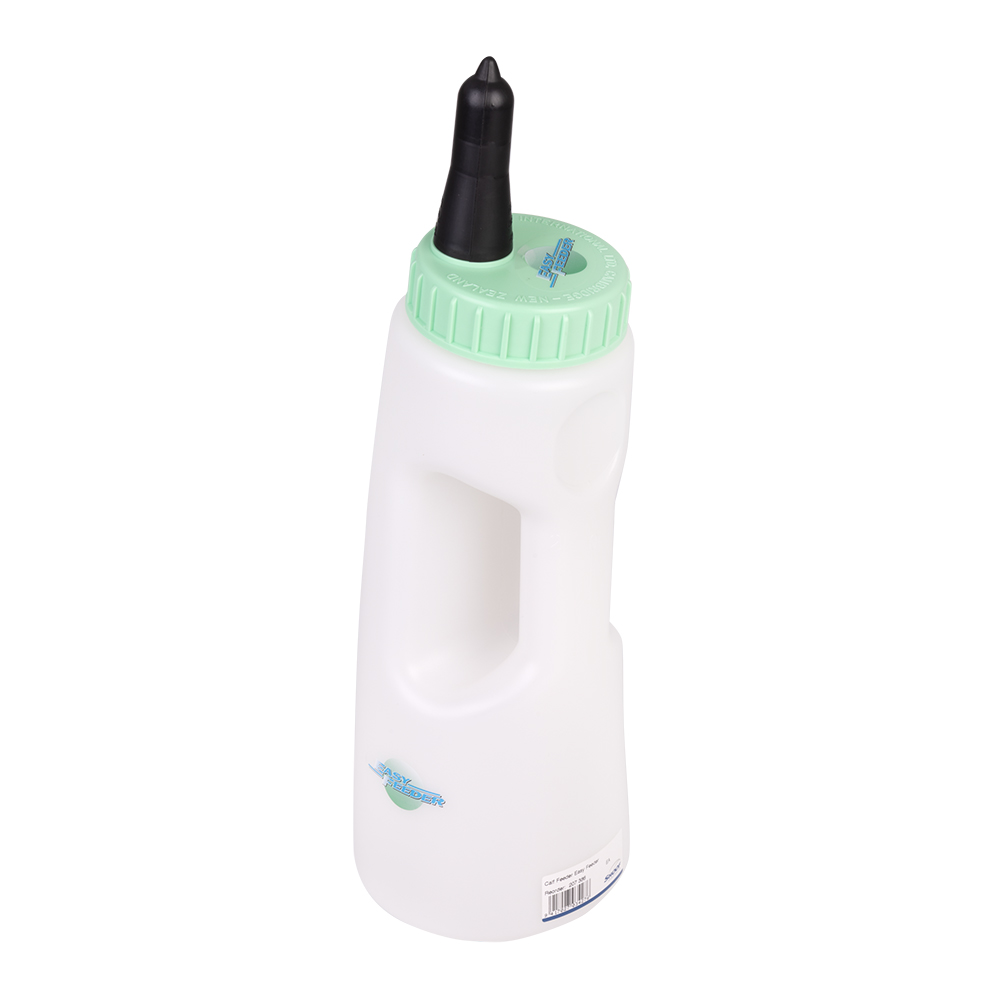
Calf Feeder Easy Feeder
The Shoof 2.5L Easy Feeder has an intelligently designed bottle with stable base, wide neck for easy filling & cleaning, and low-mounted teat for complete emptying. Spare teats available.
View Product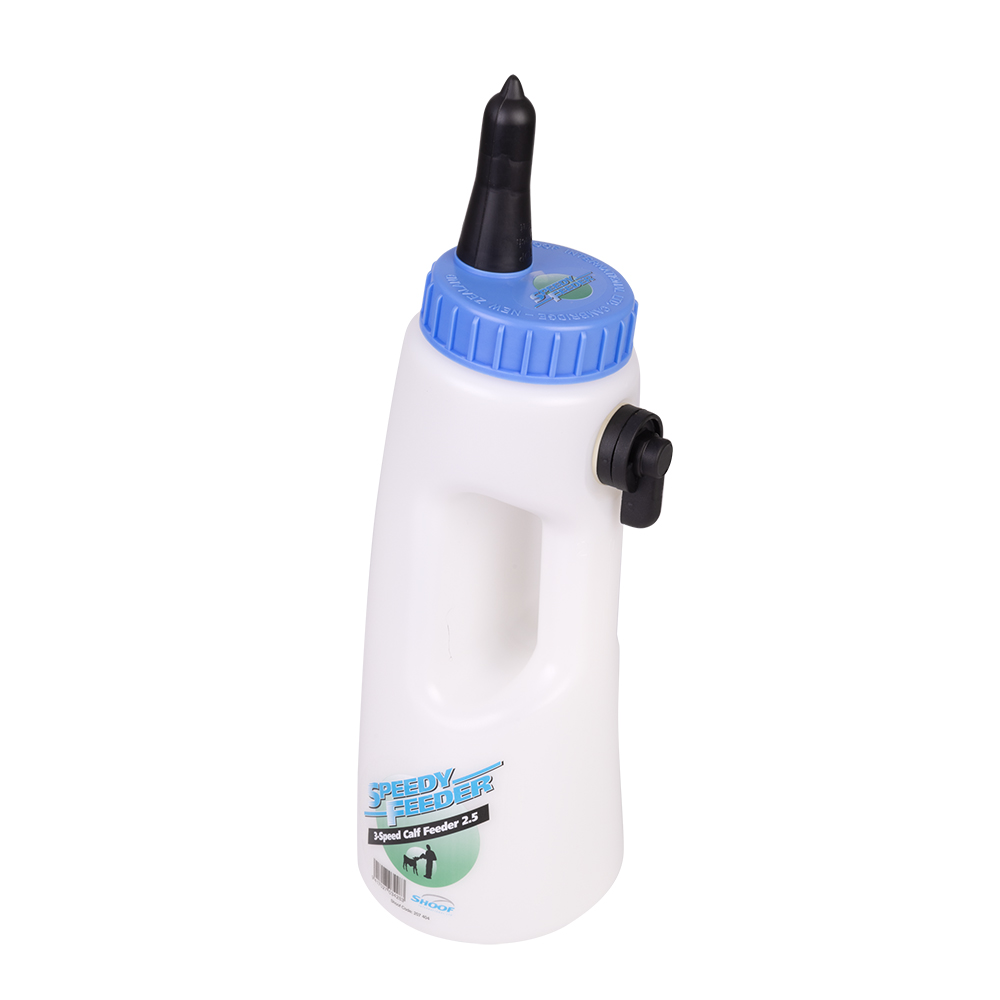
Calf Feeder Speedy Feeder Bottle
Speedy Feeders, made by Shoof, are three-speed feeders designed for feeding fast or weak calves. The three speeds control the air inflow to the bottle, reducing time wasted on speedsters and preventing drowning weaklings.
View Product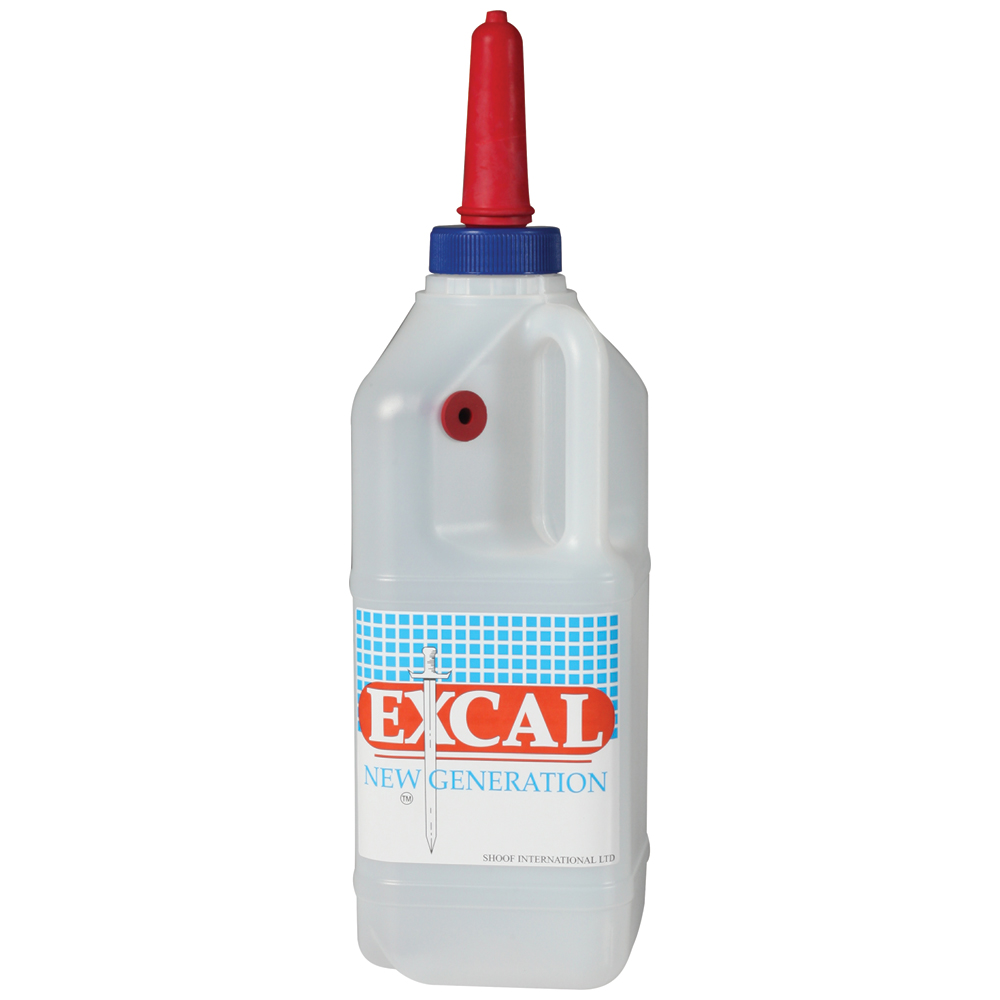
Calf Feeder Bottle Excal 2L
EXCAL 2L calf feeder with Fast-flow teat & non-return valve for easy suckling. Air valve covered with finger or thumb.
View Product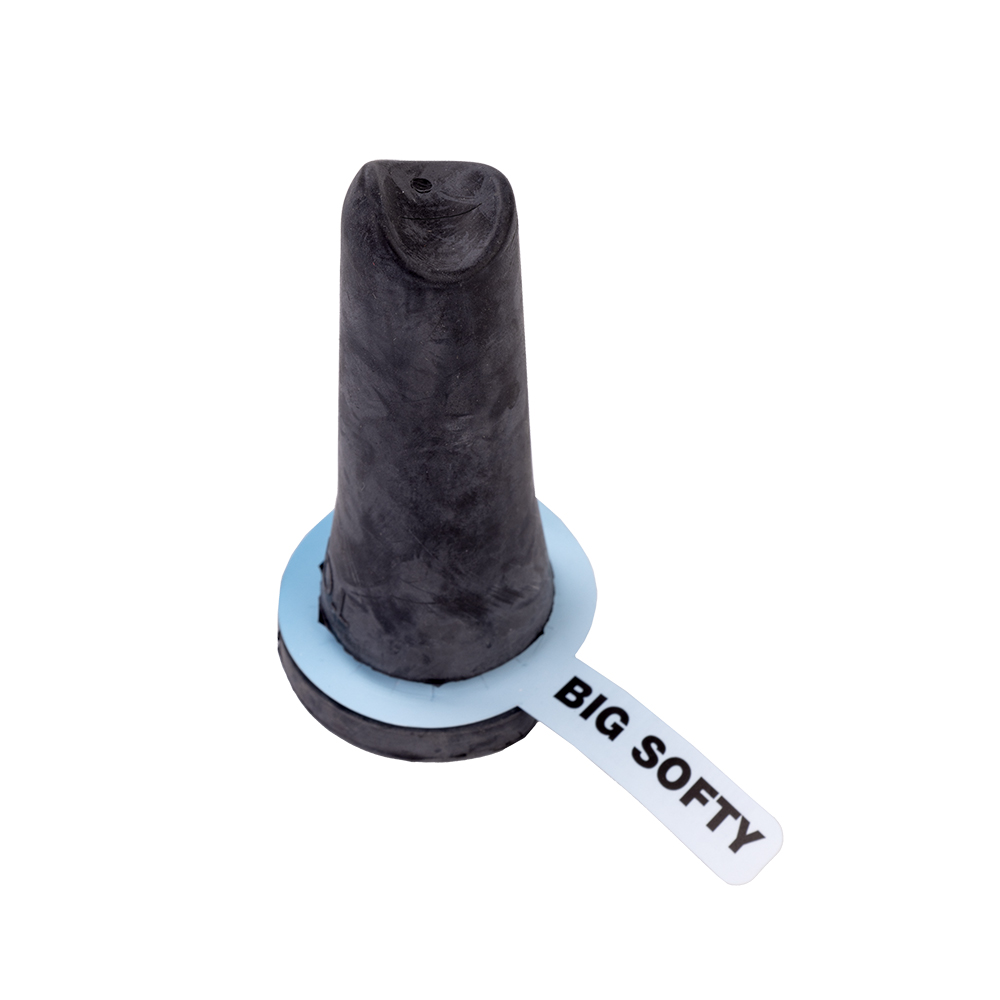
Teat Calf Excal Big Softy (retail)
The Big Softy replaces outdated gravity calf teats, solving leakage and suckling difficulties. Its inverted tip design prevents leaks and opens easily for calves, fitting all feeders with 22mm holes.
View Product
Antahi 4L Nursing Bottle
Get reliable and leak-free feeding with the 4L Antahi Calf Feeder. Ergonomic design, large capacity, and easy-to-clean. Perfect for use with Trusti or Flexi Tubers (not included). Replacement parts available.
View ProductTips for changing teats
Most people cut the old teats off on the front side and then pull what's left out the back with pliers/polygrips. A method we suggest is to put them in boiled hot water for a few minutes to soften them, then add a bit of dishwashing liquid, cooking oil or OB lube to lubricate around the teat base. Next, pull them through with a pair of polygrips or a dry towel to help grip. If you try to pull them straight through you will struggle. We suggest starting on a bit of an angle, use a circular motion or an up then down until you get one side situated/seated. Then work on getting the other side through.
Why warm milk for calves?
Keeping calves warm means their energy goes into growing, rather than trying to maintain body temperature.
The calves metabolic rate, or rate at which energy is used, is greatest during the first two weeks of life. Cold weather and other environmental stresses increase the calf's energy requirements. Warming milk or colostrum to around 40 degrees is a common practice, and requires less energy for the calf to digest than cold milk. Calves are also inclined to drink more when milk is warm and this extra energy can be used to convert protein into body tissue, leading to faster weight gain.
Ensure the milk is not too hot - or it may become denatured and vitamins destroyed (above 70degrees). If milk is too hot, it can also cause hot discomfort for the calf. It can be a challenging to keep milk at the ideal feeding temperature in the winter, that's where a milk warmer can do the heavy lifting for you. Milk warmers can be set to a certain temperature and warmed up in advance - ready for feeding time. Milk warmers should be cleaned after use to avoid build up. A Teflon coated milk warmer is easier to clean, alternatively a heat exchanger can be used. A heat exchanger is filled with warm or cold water then placed into the full milk container, then the milk warmer placed inside the heat exchanger.
A suspension bar is recommended to hold the milk warmer in the container and off the bottom, our simple aluminium bar clips on and off the warmers shaft, span 50cm. We also recommend the heat exchanger thermal cap - heating time is reduced by 25% due to all heat being retained in the warmer, and the cap reduces steam and vapour entering the milk warmer electrics.
Note: If the heating element of your milk warmer is allowed to build up with coagulated milk or colostrum, it will fail. Build up also acts as an insulation barrier, causing great inefficiency in heat transfer. Milk or colostrum must be stirred regularly whilst heating. Setting the temperature higher than final requirement does not heat more quickly.
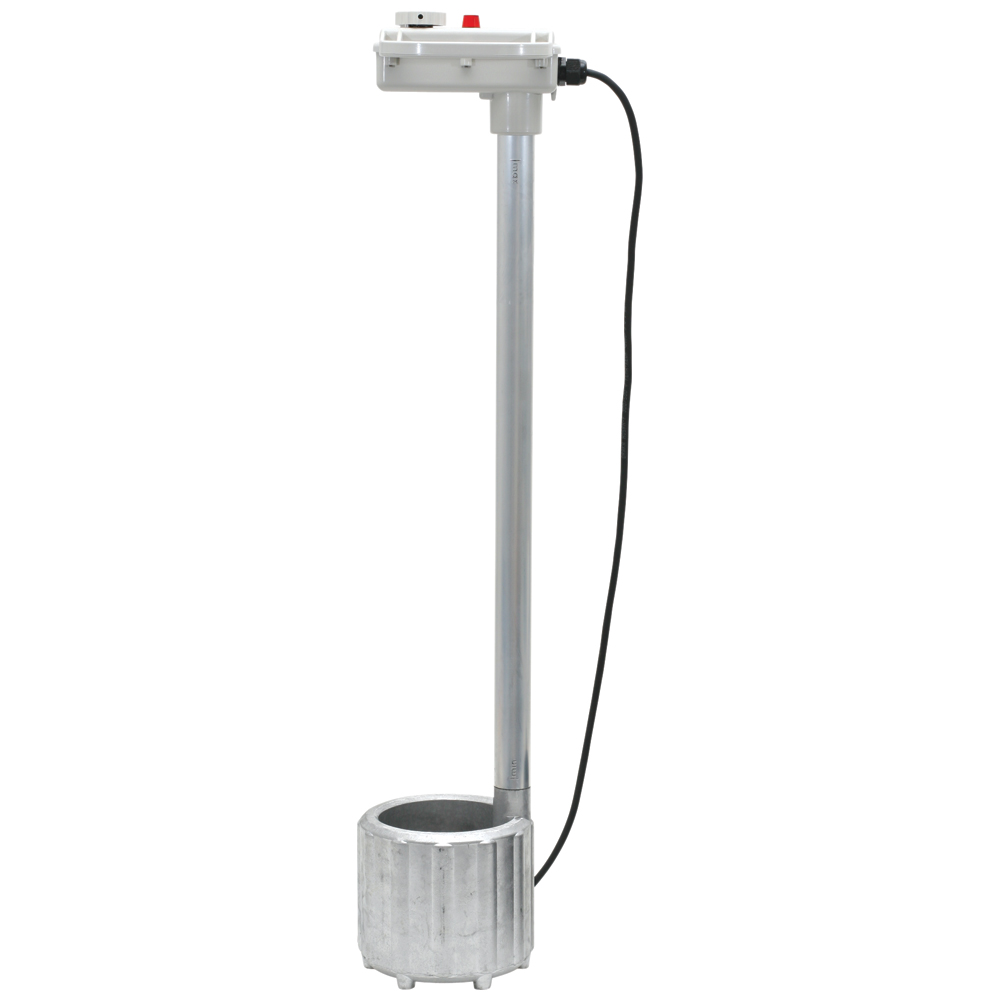
Milk Warmer Electric
Keep calves comfortable with our 240V Milk Warmers. Heats 100 litres of milk from 17°C to 37°C in just 1 hour. Rheostat controlled, easy to clean, suitable for any liquid. Available as standard or Teflon coated to reduce milk solids on element.
View Product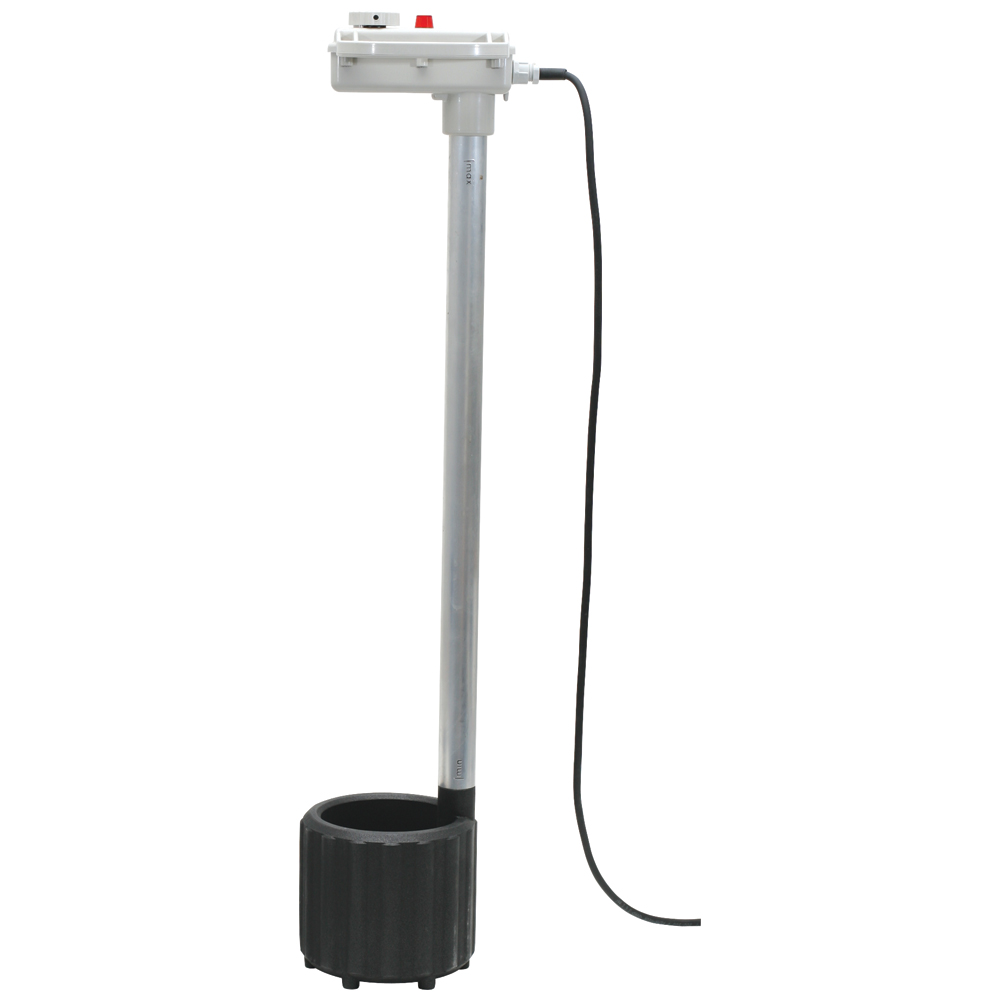
Milk Warmer Electric Teflon
Keep calves comfortable with our 240V Milk Warmers. Heats 100 litres of milk from 17°C to 37°C in just 1 hour. Rheostat controlled, easy to clean, suitable for any liquid. Available as standard or Teflon coated to reduce milk solids on element.
View Product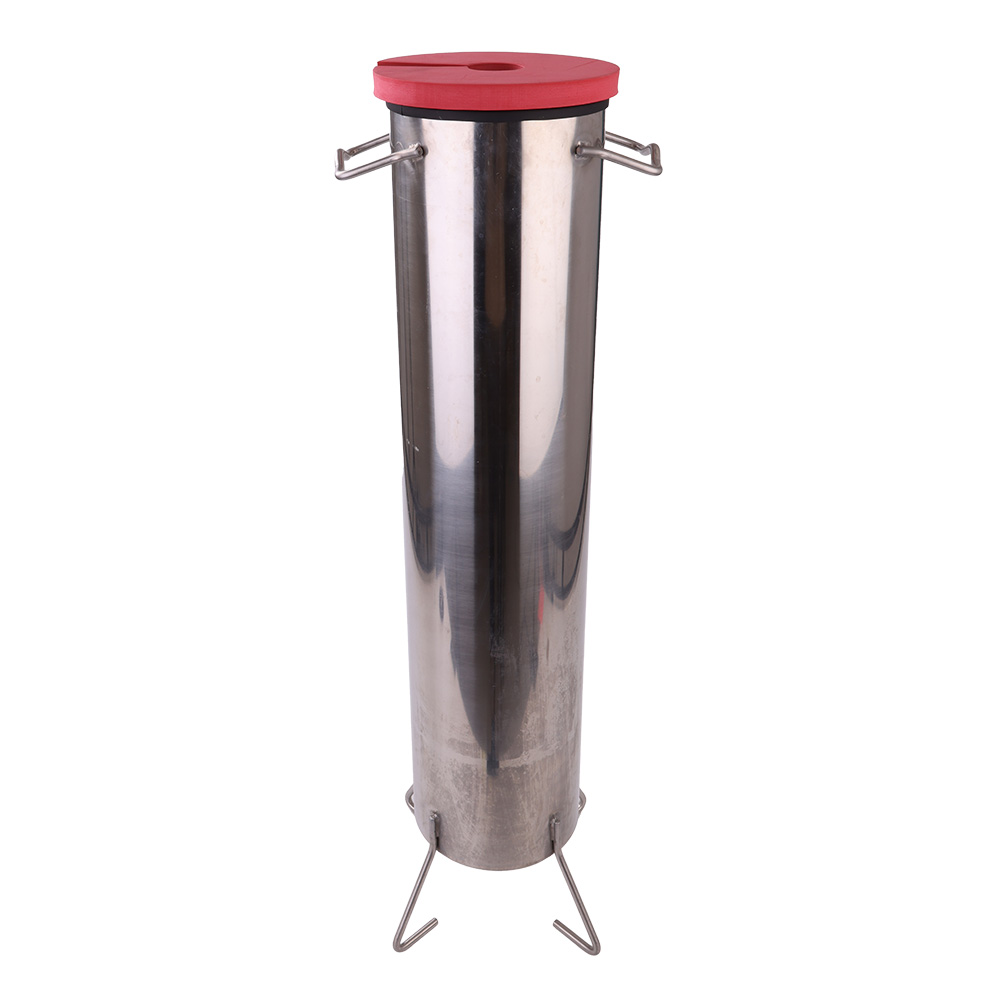
Milk Warmer Heat Exchanger Stainless
Eliminate the hassle of cleaning your milk warmer with the all-stainless Heat Exchanger from Shoof. Fill Heat Exchanger with 15L of water and milk warmer and then place in full milk container to heat milk indirectly. Reduces element build up and the risk of milk warmer element failure. Optional thermal cap available.
View Product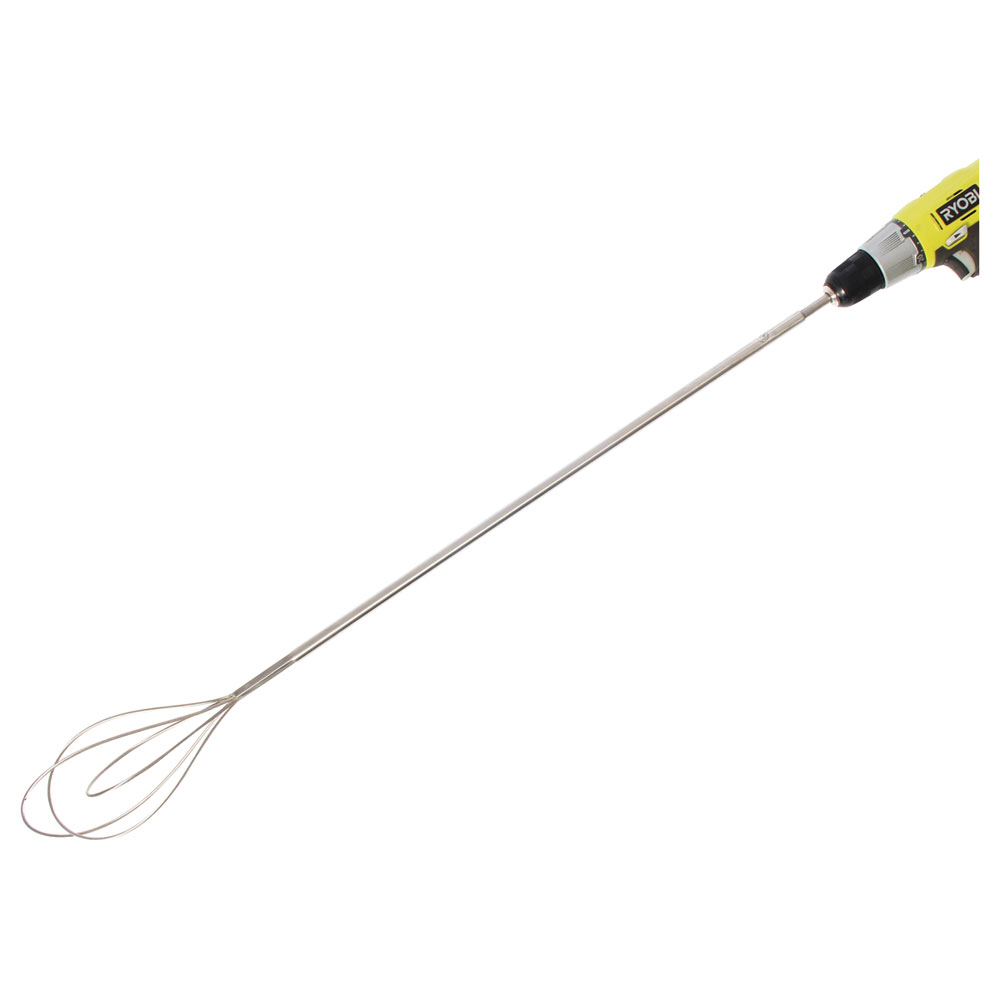
Milk Powder Whisk Farmhand 89cm
Fast and efficient mixer for your cordless drill. Beat powder lumps smooth in seconds with stainless steel wire loops. Ideal for deep containers. Length 89cm.
View Product
Milk Powder Whisk 45cm
Stainless steel jumbo whisk for easy mixing of milk powder in small quantities. Fast and efficient cleaning.
View Product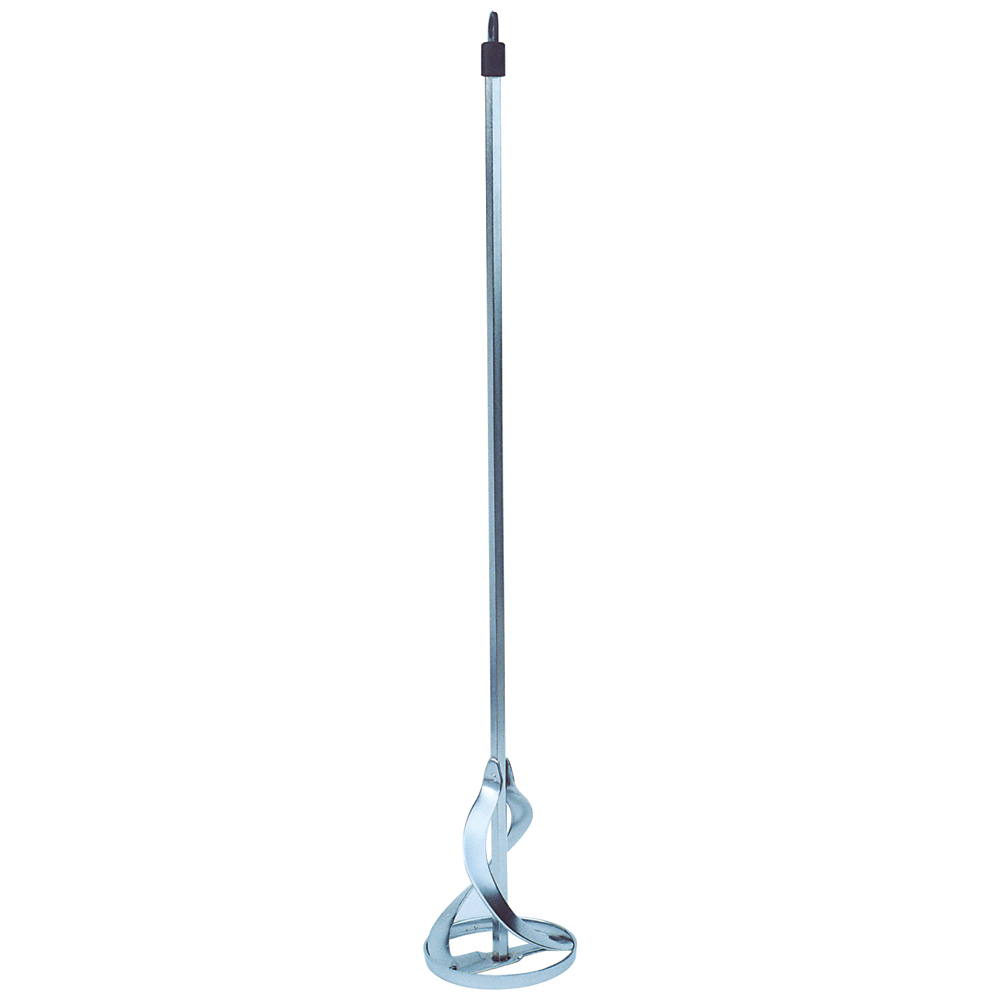
Power Mixer Galv Disc 63cm
Efficiently mix small containers with ease using this galvanized steel drill mixer. Hang it up with the convenient knob on top. 63cm length, 10cm disc diameter.
View Product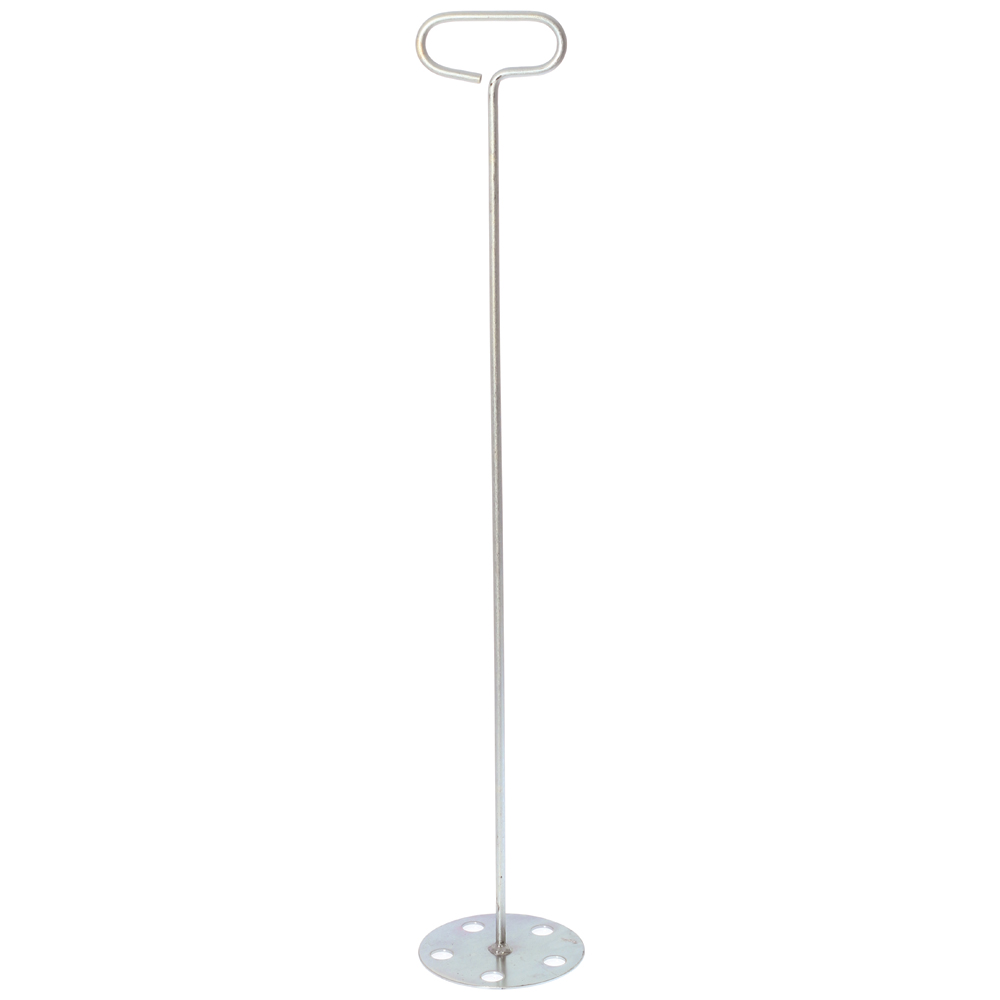
Milk Powder Plunger galvanised
Galvanised steel plunger, 100cm long, with 17cm disc diameter. Mixes milk powder in larger containers effortlessly. Traditional and simple.
View Product
Milk Powder Plunger Stainless 110cm
Food-grade stainless mixers for larger drums. Efficient & reliable. 304 stainless steel. Available in 88cm or 110cm
View ProductMixing Replacer Tips
When it comes to mixing milk replacer and feeding it to calves, there are a surprising number of issues that can creep up. How we measure milk replacer powder, mix it with water and the temperature at mixing and feeding time affect both the milk replacer and calf performance.
Measuring and Mixing Milk Replacer
How you mix has a big impact. One way is to add powder to water. The powder displaces some of the water, resulting in more liquid than you started with. For example, mixing 300 grams of powder into 2 litres of water gives you about 2.3 litres of solution with about 13% solids. The second mixing method, where you mix 300 grams of powder and then add water to bring it to a final volume of 2 litres, has about 15% solids. In general, higher solids increase average daily gain. 15% solids is a good cut-off for most situations.
Inconsistent mixing rates of CMR can cause nutritional upset, scours, bloat and poor performance. Decide on a mixing method at the beginning of the season and stick to it. Any changes should be gradual and over a period of three to four days.
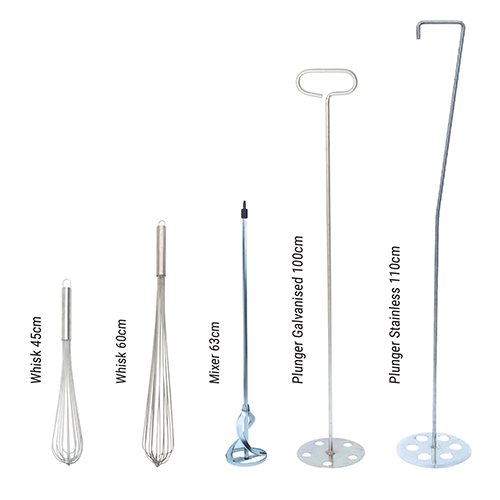
The importance of water for calves
Ensuring healthy calves requires providing water separately from milk right from the start. Despite being on a liquid diet initially, offering water is crucial for optimal growth. Water serves vital functions in calf hydration and rumen development. Unlike milk, which bypasses the rumen, water enters this vital digestive organ along with starter feed. It creates a habitat for ruminal bacteria necessary for fermenting grain and hay. Without sufficient water, rumen development slows down significantly. Separating water from milk encourages higher dry feed intake, promoting weight gains. Clean water should be available to newborn calves, whether housed individually or in groups, right from birth.
Thermoo
Introducing the Thermoo Calf Jacket, a result of extensive veterinary and calf-rearing expertise, offering a premium design and carefully selected materials to ensure the utmost practicality for newborns, weak, sick, and cold calves, as well as goats.
Born with only 3% body fat, calves require extra milk below 15°C to counteract energy loss maintaining body temperature. The long-lasting Thermoo Calf Jacket diverts energy for feeding, immunity, and growth. Specifically designed with a waterproof, rip-stop outer layer, belly strap, machine washability, smooth lining, and 200g polyfill, it features durable metal clips, a cosy neck extension with easy vein access, and an adjustable design for growing calves.
Available in three sizes, the Thermoo Calf Jacket ensures optimal warmth and care for a variety of animals.
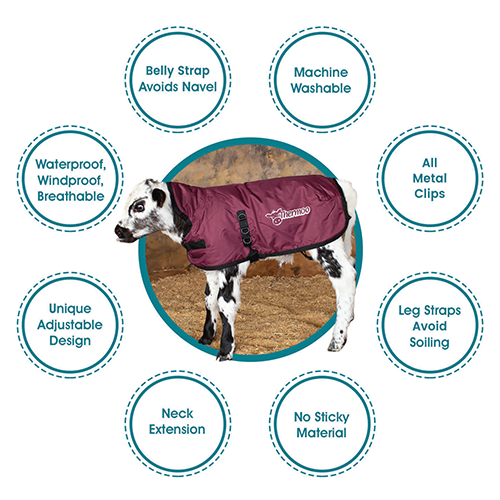

Antahi Thermoo Small Burgundy
Introducing the Thermoo Calf Jacket- a premium design. Manufactured in durable materials; waterproof, rip-stop outer layer, belly strap, smooth lining, metal clips and 200g polyfill. Support for newborns, weak, sick, & cold calves. Waterproof & machine washable.
View Product
Antahi Calf Cover Large Lightweight
Antahi's Lightweight Calf Cover protects your calves, goats, alpacas & similar-sized animals from weather & coat damage, with a unique design for easy access & temperature regulation.
View Product